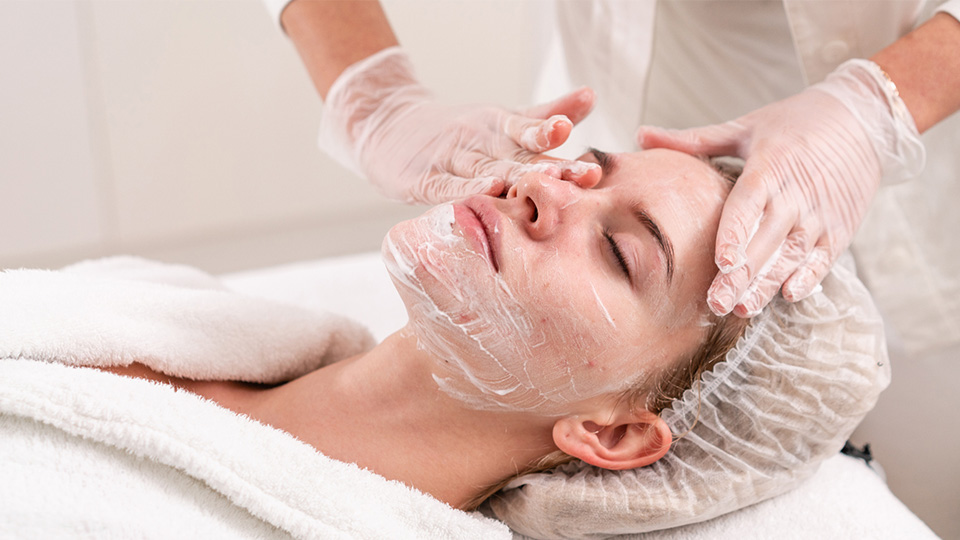Can Eyelid Surgery Clinics Help with Medical Conditions Beyond Aesthetics?
Can Eyelid Surgery Clinics Help with Medical Conditions Beyond Aesthetics?
Eye lid surgery clinic in oman commonly known as blepharoplasty, is frequently associated with cosmetic improvements, such as reducing signs of aging or correcting drooping eyelids. However, this procedure can offer significant benefits beyond mere aesthetics. This article explores how eyelid surgery clinics address various medical conditions, improving quality of life for many patients.
Understanding Blepharoplasty
Blepharoplasty involves the surgical removal of excess skin, fat, or muscle from the upper and/or lower eyelids. While the primary goal is often cosmetic, many patients undergo this surgery for medical reasons. Understanding the procedure's scope helps in appreciating its broader applications.
Medical Conditions Treated by Eyelid Surgery
- Ptosis (Drooping Eyelids)
Ptosis, a condition where the upper eyelid droops over the eye, can obstruct vision and affect daily activities. This condition can be congenital or acquired due to aging, trauma, or neurological disorders. Eyelid surgery addresses ptosis by tightening the muscles that lift the eyelid, thereby improving vision and reducing eye strain.
- Blepharochalasis
Blepharochalasis refers to the excessive stretching of the eyelid skin, often associated with aging or certain medical conditions. This excess skin can impair vision and create discomfort. Surgical intervention helps by removing the redundant skin and restoring a more natural eyelid contour, enhancing both function and appearance.
- Entropion (Inward-Turning Eyelid)
Entropion occurs when the eyelid turns inward, causing the eyelashes to rub against the cornea. This condition can lead to irritation, pain, and potential corneal damage. Eyelid surgery corrects the position of the eyelid, alleviating discomfort and preventing further eye damage.
- Ectropion (Outward-Turning Eyelid)
Ectropion is the outward turning of the eyelid, which can lead to exposure of the inner eyelid and dryness. This condition can be particularly problematic for individuals with chronic irritation or infection. Surgical correction involves repositioning the eyelid to its normal anatomical position, improving eye lubrication and comfort.
- Reconstructive Surgery After Trauma or Cancer
Eyelid surgery also plays a crucial role in reconstructive procedures following trauma or cancer treatment. After injuries or surgical removal of cancerous tissues, reconstructive eyelid surgery helps restore normal appearance and function, addressing both cosmetic concerns and practical issues such as proper eyelid closure.
Evaluating Candidates for Medical Eyelid Surgery
Not all individuals with cosmetic concerns are ideal candidates for medical eyelid surgery. Clinics evaluate candidates based on specific criteria:
- Medical History and Current Health
A thorough medical history is essential to determine the appropriateness of eyelid surgery. Patients with certain health conditions, such as uncontrolled diabetes or severe eye infections, may require additional evaluations or treatments before surgery.
- Severity of Symptoms
Clinics assess the severity of symptoms like vision obstruction or discomfort. Surgical intervention is typically recommended when non-surgical treatments fail to provide relief or when symptoms significantly impact daily life.
- Expectations and Goals
Understanding a patient's expectations and goals is crucial. While eyelid surgery can address various medical conditions, clear communication about potential outcomes and limitations ensures that patients have realistic expectations.
Benefits Beyond Aesthetics
The benefits of eyelid surgery extend beyond improved appearance:
- Improved Vision
For many patients, addressing conditions like ptosis or blepharochalasis can lead to significant improvements in vision. By removing obstructions or correcting eyelid positioning, patients often experience enhanced peripheral vision and reduced eye strain.
- Enhanced Comfort
Conditions like entropion and ectropion can cause chronic discomfort and irritation. Surgical correction alleviates these symptoms, providing greater comfort and reducing the need for frequent eye drops or other symptomatic treatments.
- Restoration of Function
Reconstructive eyelid surgery after trauma or cancer helps restore normal eyelid function, improving activities such as blinking and closing the eyes. This restoration is essential for overall eye health and functionality.
- Psychological Impact
Addressing both aesthetic and functional concerns can have a positive psychological impact. Patients often report improved self-esteem and confidence after surgery, as well as a greater sense of well-being.
Choosing the Right Eyelid Surgery Clinic
Selecting a reputable eyelid surgery clinic is crucial for achieving desired outcomes. Considerations include:
- Clinic Credentials and Experience
Research the clinic's credentials, including certifications and the experience of the surgeons. Experienced practitioners are better equipped to handle both cosmetic and medical aspects of eyelid surgery.
- Patient Reviews and Testimonials
Reading patient reviews and testimonials provides insights into the clinic's reputation and patient satisfaction. Positive feedback from individuals with similar medical conditions can be particularly reassuring.
- Consultation and Pre-Surgical Evaluation
A thorough consultation is essential to discuss concerns, review medical history, and determine the best approach for surgery. A comprehensive pre-surgical evaluation ensures that all aspects of the procedure and potential risks are well understood.
Post-Surgery Considerations
Post-surgery care is crucial for optimal recovery:
- Follow-Up Appointments
Regular follow-up appointments with the surgeon help monitor healing progress and address any concerns. These appointments are essential for ensuring that the surgical outcomes meet expectations.
- Managing Expectations
Patients should be prepared for a period of recovery, during which swelling and bruising are common. Understanding the expected recovery timeline and following post-operative care instructions are important for achieving the best results.
- Long-Term Maintenance
In some cases, long-term maintenance or additional procedures may be necessary. Discussing these possibilities with the surgeon helps set realistic expectations for the future.
Conclusion
Eyelid surgery clinics offer more than just cosmetic enhancements. By addressing a range of medical conditions, these clinics improve both function and appearance, significantly impacting patients' quality of life. Whether correcting vision impairment, alleviating discomfort, or aiding in reconstructive efforts, eyelid surgery proves to be a versatile and valuable medical intervention. For those considering the procedure, a thorough evaluation and understanding of both cosmetic and medical benefits are key to achieving optimal
.jpg)


Comments
Post a Comment